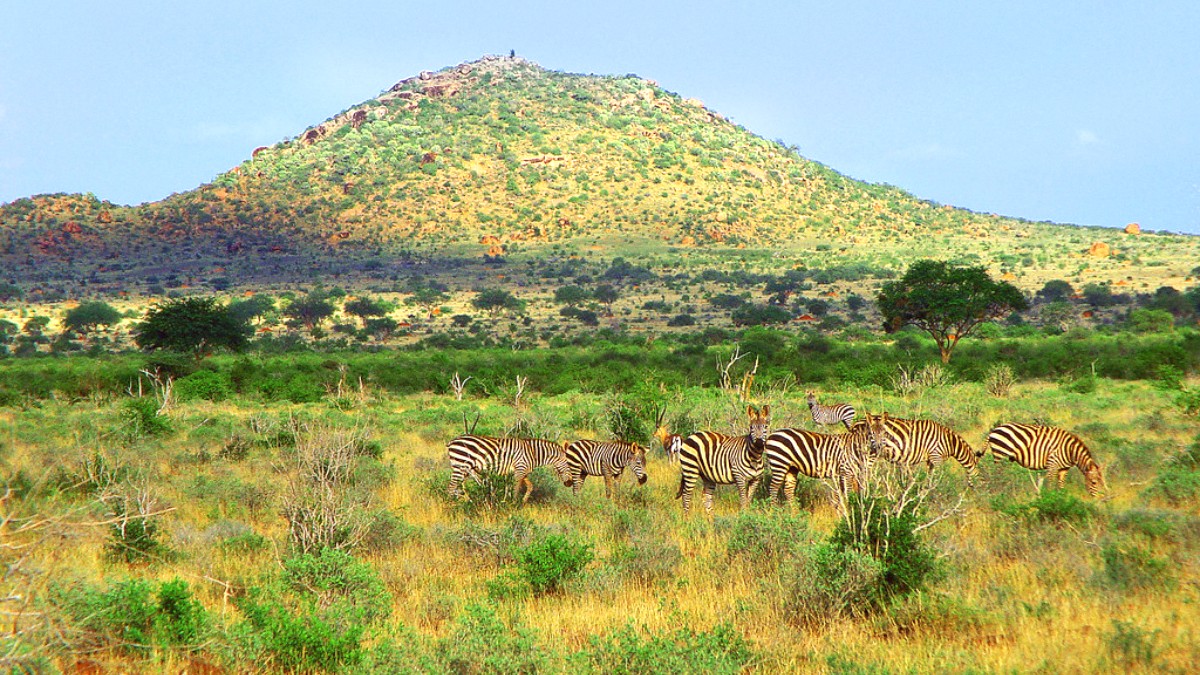
Kenya
Witness the Great Migration, with millions of wildebeest and zebras crossing the Mara River.
Acquire insight into the challenges and triumphs of conservation efforts where communities and wildlife share land.
Develop patience and observation during game drives, nurturing a deep connection to the natural world.
Shoot during the "golden hours" of early morning and late afternoon for soft, warm light.
Use the vast landscapes to frame your animal subjects, creating dramatic scenes.
Wait for the perfect moment – an animal interacting, an unique pose, or a dramatic action.
Your visit to the Maasai Mara offers a chance to make a positive contribution to its future. Make a personal commitment to responsible travel.
Always ask permission before photographing people, specifically Maasai individuals, to honor their privacy.
Respect local customs and traditions, like dressing modestly when visiting communities.
Adhere to park rules, dispose of waste properly, and avoid leaving any impact on the natural environment.
Minimize plastic waste by carrying a reusable water bottle and refusing single-use plastics.
Purchase goods and services from local businesses to empower communities directly.
Choose souvenirs that are ethically made and do not harm wildlife or the environment.
Ask questions and learn from your safari guides, who possess deep knowledge of the area.
Seek opportunities to deepen your understanding of conservation challenges and successes.
Share your experiences and photos in ways that promote responsible travel and conservation.
The inspiration gained from the Maasai Mara can guide your future travel plans.
Combine your visit with Tanzania's Serengeti for an extended Great Migration experience.
Head to Kenya's coast (Diani Beach, Watamu, Lamu) or Zanzibar for post-safari relaxation.
Consider trekking Mount Kenya, Africa's second-highest peak, or exploring Aberdare National Park.
Kenya blends well with Tanzania for a comprehensive East African safari, or add Uganda/Rwanda for gorilla trekking.
Each season offers a distinct and beautiful perspective of the Mara, so return visits can bring new sightings and experiences.
The wet season (April-May) features lush landscapes, excellent birdwatching, and many newborn animals with fewer crowds.
The dry season (July-October) is optimal for migration river crossings and dense game viewing near water sources.
Plan future visits to explore different wildlife regions or experience the Mara during varied seasons.
Discover arid landscapes and unique species like the Grevy's zebra and reticulated giraffe.
Combine a wildlife adventure with tropical beaches and marine parks.
Explore tea plantations, forests, and other distinct ecosystems.
Your safari might ignite new passions for wildlife, conservation, or cultural studies.
Explore educational programs or volunteer opportunities focused on wildlife conservation.
Explore the rich history and colonial past of Kenya and East Africa.
Hone your wildlife photography skills with specialized workshops or online courses.
Continue supporting Maasai artisans by purchasing ethically sourced goods online.
Seek out and advocate for tourism operators with strong sustainable practices.
The Maasai Mara awaits, ready to present an unparalleled journey into the heart of African wilderness. Plan thoughtfully, travel responsibly, and ready yourself for an adventure that will remain with you long after you leave its incredible plains.